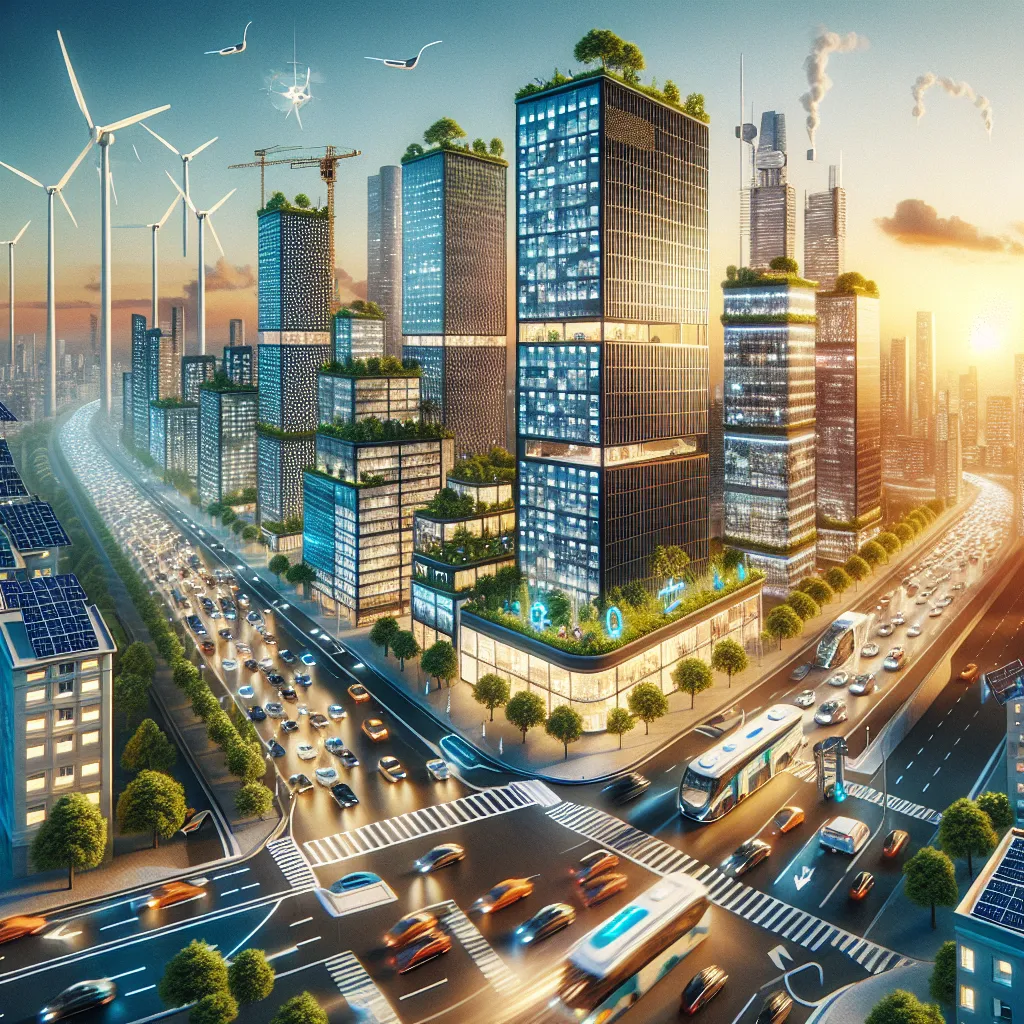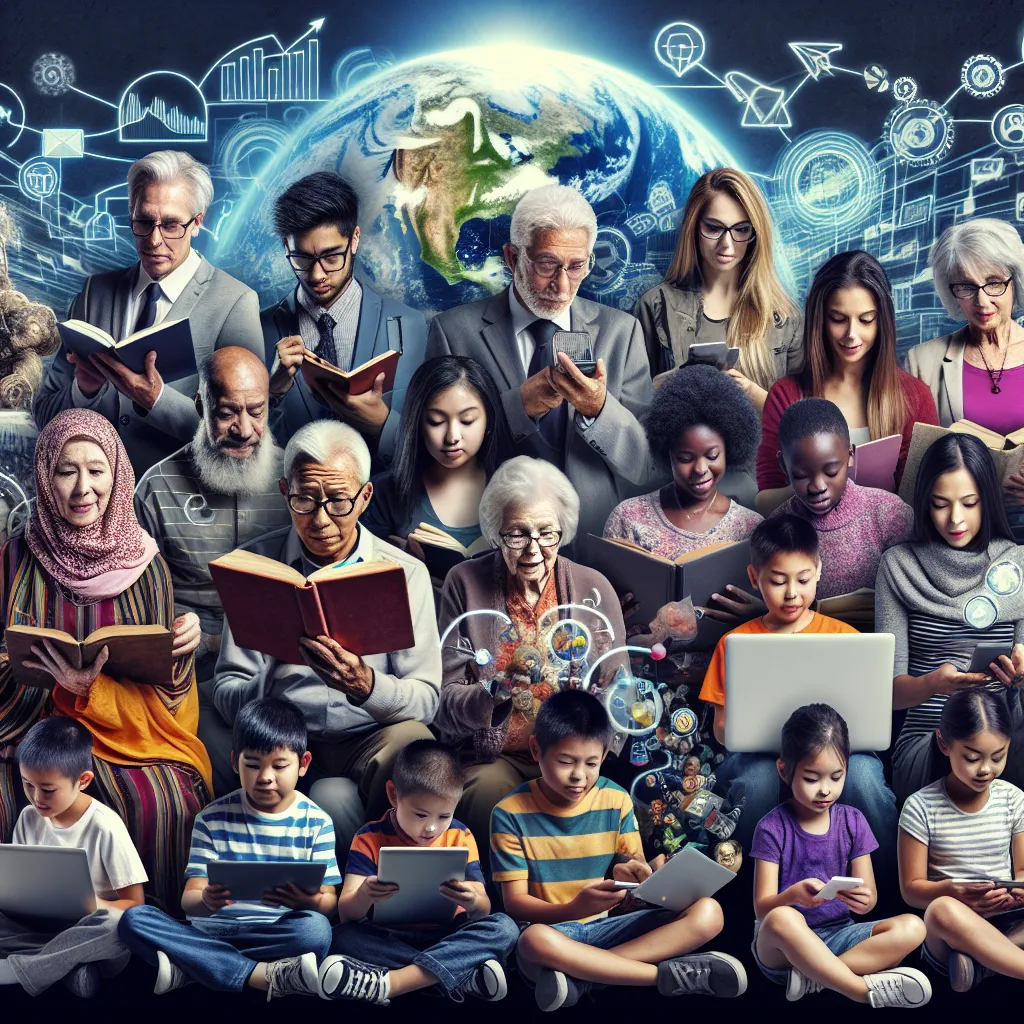Climate change is one of the most pressing global issues of our time, and the role of technology in addressing this challenge has become an increasingly popular topic in IELTS Writing Task 2. Based on recent trends and the urgency of the subject, it’s highly likely that questions related to technology and climate change will continue to appear in future IELTS exams. Let’s explore a sample question and provide analysis along with model essays to help you prepare for this important topic.
Nội dung bài viết
Analyzing the Question
Some people believe that technology is the key to solving climate change, while others argue that changes in human behavior are more important. Discuss both views and give your own opinion.
This question presents two contrasting viewpoints on addressing climate change: the role of technology versus changes in human behavior. It requires you to:
- Discuss the perspective that technology is crucial in solving climate change
- Explore the argument that behavioral changes are more important
- Present your own opinion on the matter
Let’s examine two sample essays that address this question, one aimed at a Band 8-9 level and another at a Band 6-7 level.
Sample Essay for Band 8-9
Climate change poses an existential threat to our planet, and the debate over how best to address this crisis has intensified in recent years. While some argue that technological innovations hold the key to mitigating climate change, others contend that modifications in human behavior are more crucial. In my opinion, a combination of both approaches is necessary to effectively combat this global challenge.
Proponents of technology-driven solutions argue that scientific advancements can provide powerful tools to reduce greenhouse gas emissions and mitigate the effects of climate change. Renewable energy technologies, such as solar panels and wind turbines, offer cleaner alternatives to fossil fuels. Additionally, carbon capture and storage systems can help remove CO2 from the atmosphere, while electric vehicles and smart grid systems can significantly reduce emissions from transportation and energy consumption. These technological innovations have the potential to make substantial impacts on a large scale without requiring drastic changes in individual behavior.
On the other hand, those who emphasize behavioral changes argue that technology alone cannot solve the climate crisis without a fundamental shift in human attitudes and actions. They contend that reducing consumption, adopting sustainable lifestyles, and making environmentally conscious choices are essential for long-term sustainability. This perspective highlights the importance of education, awareness campaigns, and policy changes that encourage individuals and communities to reduce their carbon footprint. Proponents argue that without these behavioral shifts, technological solutions may be rendered ineffective or insufficient.
In my view, the most effective approach to addressing climate change lies in combining technological innovations with behavioral changes. Technology can provide the tools and infrastructure necessary for sustainable living, while changes in human behavior can ensure these tools are used effectively and consistently. For example, the widespread adoption of electric vehicles (a technological solution) must be accompanied by a shift in consumer preferences and driving habits (behavioral change) to maximize their impact on reducing emissions.
Moreover, I believe that technology and behavior are often interconnected. Technological advancements can facilitate and encourage behavioral changes, such as smart home systems that help individuals monitor and reduce their energy consumption. Conversely, changes in behavior and societal values can drive demand for new technologies and accelerate their development and adoption.
In conclusion, while technology and behavioral changes each have their merits in addressing climate change, I firmly believe that a holistic approach incorporating both elements is crucial. By leveraging technological innovations and fostering sustainable behaviors, we can create a more comprehensive and effective strategy to combat climate change and secure a sustainable future for our planet.
(Word count: 398)
 Climate change technology
Climate change technology
Sample Essay for Band 6-7
Climate change is a big problem in the world today, and people have different ideas about how to solve it. Some think technology is the most important solution, while others believe changing how people behave is more important. I think both technology and behavior changes are needed to fight climate change.
Technology can help in many ways to reduce climate change. For example, solar panels and wind turbines can make clean energy without pollution. Electric cars are also good for the environment because they don’t use gasoline. Scientists are also working on ways to remove CO2 from the air, which could help slow down global warming. These technologies can make a big difference without people having to change their lives too much.
However, changing people’s behavior is also very important. If people use less energy, recycle more, and choose products that are good for the environment, it can help reduce climate change. Eating less meat and using public transportation are examples of how people can change their behavior to help the environment. Some people think these changes are more important than technology because they address the root cause of the problem, which is how humans live and consume resources.
In my opinion, we need both technology and behavior changes to solve the climate change problem. New technologies can give us tools to reduce pollution and use cleaner energy. At the same time, people need to learn about climate change and change their habits to be more environmentally friendly. For example, having electric cars (technology) is good, but people also need to choose to use them instead of regular cars (behavior change).
I also think that technology and behavior changes can work together. New apps and devices can help people save energy at home, which is both a technological solution and a way to change behavior. When people see how technology can help the environment, they might be more willing to change their habits.
In conclusion, I believe that both technology and changes in human behavior are important for fighting climate change. We need new inventions to help reduce pollution and save energy, but we also need people to make choices that are good for the environment. By using both approaches together, we have a better chance of solving the climate change problem.
(Word count: 374)
Key Points to Consider When Writing
-
Structure: Both essays follow a clear structure with an introduction, body paragraphs discussing each viewpoint, the writer’s opinion, and a conclusion. The Band 8-9 essay has more sophisticated paragraph transitions and a more nuanced thesis statement.
-
Vocabulary: The Band 8-9 essay uses more advanced vocabulary and collocations (e.g., “existential threat,” “mitigating climate change,” “carbon footprint”), while the Band 6-7 essay uses simpler terms but still incorporates relevant vocabulary.
-
Grammar: The Band 8-9 essay demonstrates a wider range of complex structures, including conditionals and relative clauses. The Band 6-7 essay uses mostly simple and compound sentences but still maintains grammatical accuracy.
-
Task Response: Both essays address all parts of the question, but the Band 8-9 essay provides more detailed examples and a more nuanced opinion.
-
Coherence and Cohesion: The Band 8-9 essay uses more sophisticated linking words and phrases, creating a smoother flow between ideas. The Band 6-7 essay is still coherent but uses simpler transitions.
Important Vocabulary to Remember
-
Climate change (noun) /ˈklaɪmət tʃeɪndʒ/: Long-term shifts in global weather patterns and average temperatures.
-
Renewable energy (noun) /rɪˈnjuːəbl ˈenədʒi/: Energy from sources that are naturally replenished, such as sunlight or wind.
-
Carbon footprint (noun) /ˈkɑːbən ˈfʊtprɪnt/: The amount of carbon dioxide released into the atmosphere as a result of human activities.
-
Sustainability (noun) /səˌsteɪnəˈbɪləti/: The ability to maintain or support a process continuously over time.
-
Mitigate (verb) /ˈmɪtɪɡeɪt/: To make less severe, serious, or painful.
-
Greenhouse gas emissions (noun) /ˈɡriːnhaʊs ɡæs ɪˈmɪʃənz/: The release of gases that contribute to the greenhouse effect, causing global warming.
-
Carbon capture and storage (noun) /ˈkɑːbən ˈkæptʃər ænd ˈstɔːrɪdʒ/: The process of capturing and storing carbon dioxide before it enters the atmosphere.
-
Sustainable lifestyle (noun) /səˈsteɪnəbl ˈlaɪfstaɪl/: A way of living that attempts to reduce an individual’s or society’s use of natural resources.
In conclusion, the role of technology in addressing climate change is a crucial topic that is likely to appear in future IELTS Writing Task 2 exams. By understanding the key arguments, mastering relevant vocabulary, and practicing essay writing, you can prepare yourself to tackle this important subject effectively. Remember to balance your discussion of technological solutions with considerations of behavioral changes, and always support your points with specific examples.
To further enhance your skills, try writing your own essay on this topic and share it in the comments section below. This practice will help you apply what you’ve learned and receive feedback from others, improving your writing abilities for the IELTS exam.


